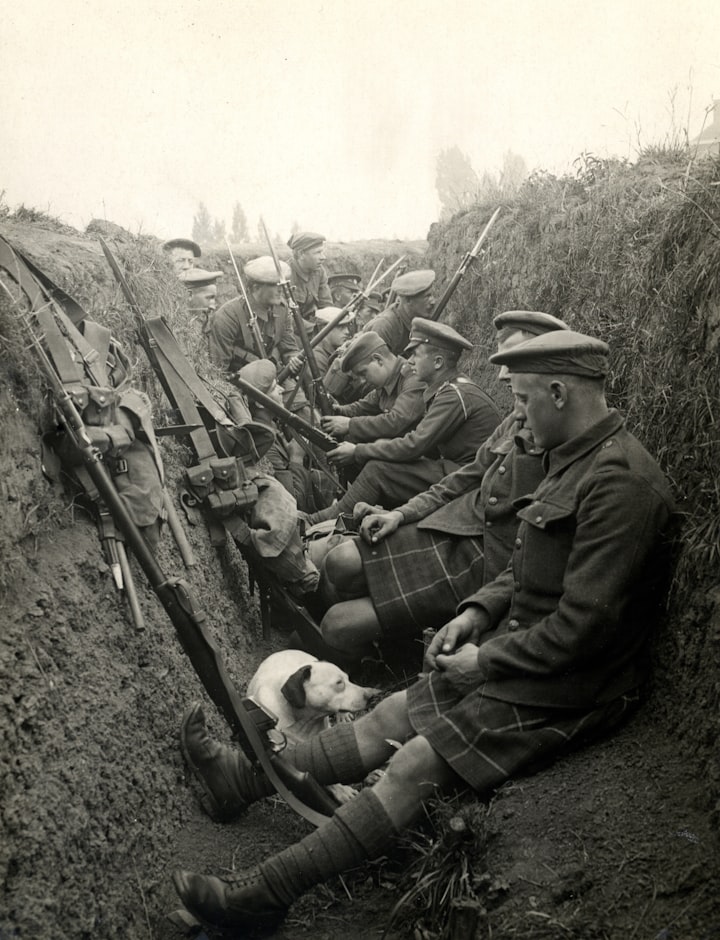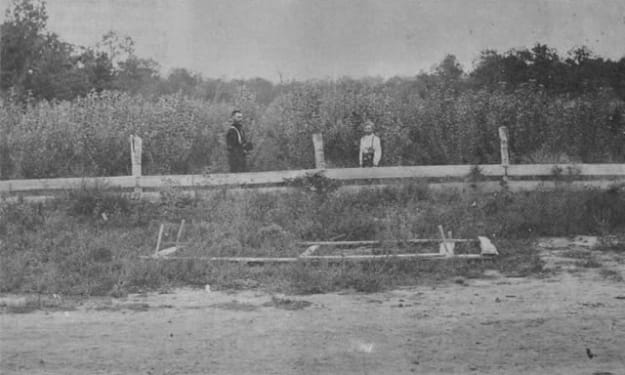15 Things You Need To Know About The First World War
World War

1. It was a global war
Over 30 nations declared war between 1914 and 1918. The majority joined on the side of the Allies, including Serbia, Russia, France, Britain, Italy and the United States. They were opposed by Germany, Austria-Hungary, Bulgaria and the Ottoman Empire, who together formed the Central Powers. What began as a relatively small conflict in southeast Europe became a war between European empires. Britain and its Empire’s entry into the war made this a truly global conflict fought on a geographical scale never seen before. Fighting occurred not only on the Western Front, but in eastern and southeast Europe, Africa and the Middle East.
2. It is Far Better to Face the Bullets...
The First World War was not inevitable or accidental, but began as a result of human actions and decisions.
Over 65 million men volunteered or were conscripted to fight in mass citizen armies. Millions of civilians also contributed to the war effort by working in industry, agriculture or jobs left open when men enlisted. Victory depended on popular support. Some nations were forced to surrender as their people, pushed to their physical and emotional limits, lost the will to continue fighting. The First World War was also a war against people. Invading armies committed atrocities against civilians in the areas they occupied. Attacks on civilians became increasingly common as each nation tried to break their opponents’ home morale and diminish popular support for the war. Propaganda demonised entire nations and attacked the ‘national characters’ of enemy peoples.
3. It was a war of production
National resources were mobilised as each combatant nation raced to supply its armed forces with enough men and equipment.
In Britain, early failures in munitions manufacturing led to full government intervention in war production. These controls helped its industry produce nearly 4 million rifles, 250,000 machine guns, 52,000 aeroplanes, 2,800 tanks, 25,000 artillery pieces and over 170 million rounds of artillery shells by 1918.
4. It was a war of innovation
Advances in weaponry and military technology provoked tactical changes as each side tried to gain an advantage over the other. The introduction of aircraft into war left soldiers and civilians vulnerable to attacks from above for the first time.
Major innovations were also made in manufacturing, chemistry and communications. Medical advances made the First World War the first major conflict in which British deaths in battle outnumbered deaths caused by disease.
5. It was a war of destruction
The First World War left an estimated 16 million soldiers and civilians dead and countless others physically and psychologically wounded. The war also forever altered the world’s social and political landscape. It accelerated changes in attitudes towards gender and class and led to the collapse of the Russian, Austro-Hungarian and Ottoman empires. The cost of waging total war - and of rebuilding afterwards - ravaged the national economies of both the victorious European Allies and the defeated Central Powers.
The human cost of the First World War for Britain saw the creation of a new language of remembrance, which remains to this day. It can be seen in war memorials in cities, towns, schools, places of worship and workplaces, as well as in rituals such as Remembrance Sunday and the two-minute silence at 11am each 11 November.
6. Mascot on a captured German trench mortar
The monkey mascot of the Third Army Trench Mortar School sits on a captured German trench mortar, 20 May 1917.
7. Landing mules at Salonika
Italians landing mules at Salonika in October, 1916.
8. With the regimental cat in a trench
A gunner of the York and Lancaster Regiment with the regimental cat in a trench near Cambrin, France, 6 February 1918.
10. Laying telephone wires
A German war dog, fitted with apparatus for laying telephone wires, walking across muddy ground, 1917.
11. Animal welfare on the Western Front
British troops scraping mud from a mule near Bernafay Wood on the Western Front, 1916. British military authorities tried to ensure that animal handlers cared for their animals properly.
12. Carrier pigeons during a gas drill
German soldiers wearing respirators as they place carrier pigeons into a gas-proof chamber, presumably during an anti-gas drill.
13. Proving camels are tame creatures
An Australian demonstrating the docility of his camel by putting his wrist in its mouth, Egypt, 17 September 1917.
14. Messenger dog on the Western Front
A dog handler of the Royal Engineers (Signals) reads a message brought to him by a messenger dog, France, 19 May 1918.
15. A pack horse during the Battle of Pilckem Ridge
A pack horse with a gas mask is loaded up with equipment during the Battle of Pilckem Ridge, Belgium, 31 July 1917.





Comments
There are no comments for this story
Be the first to respond and start the conversation.